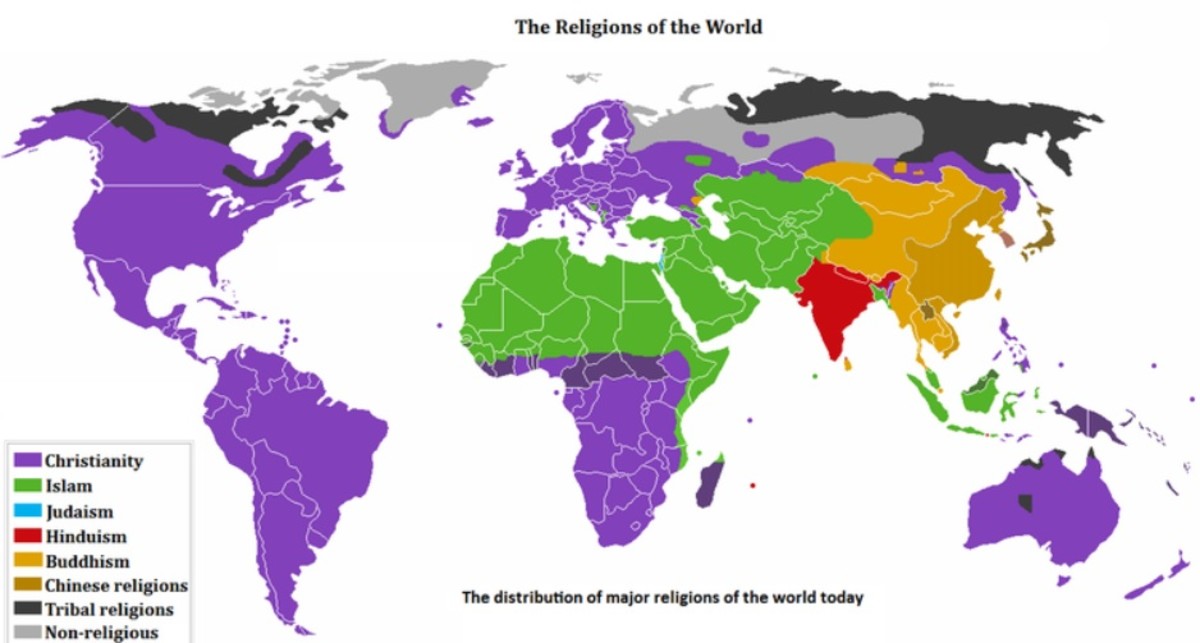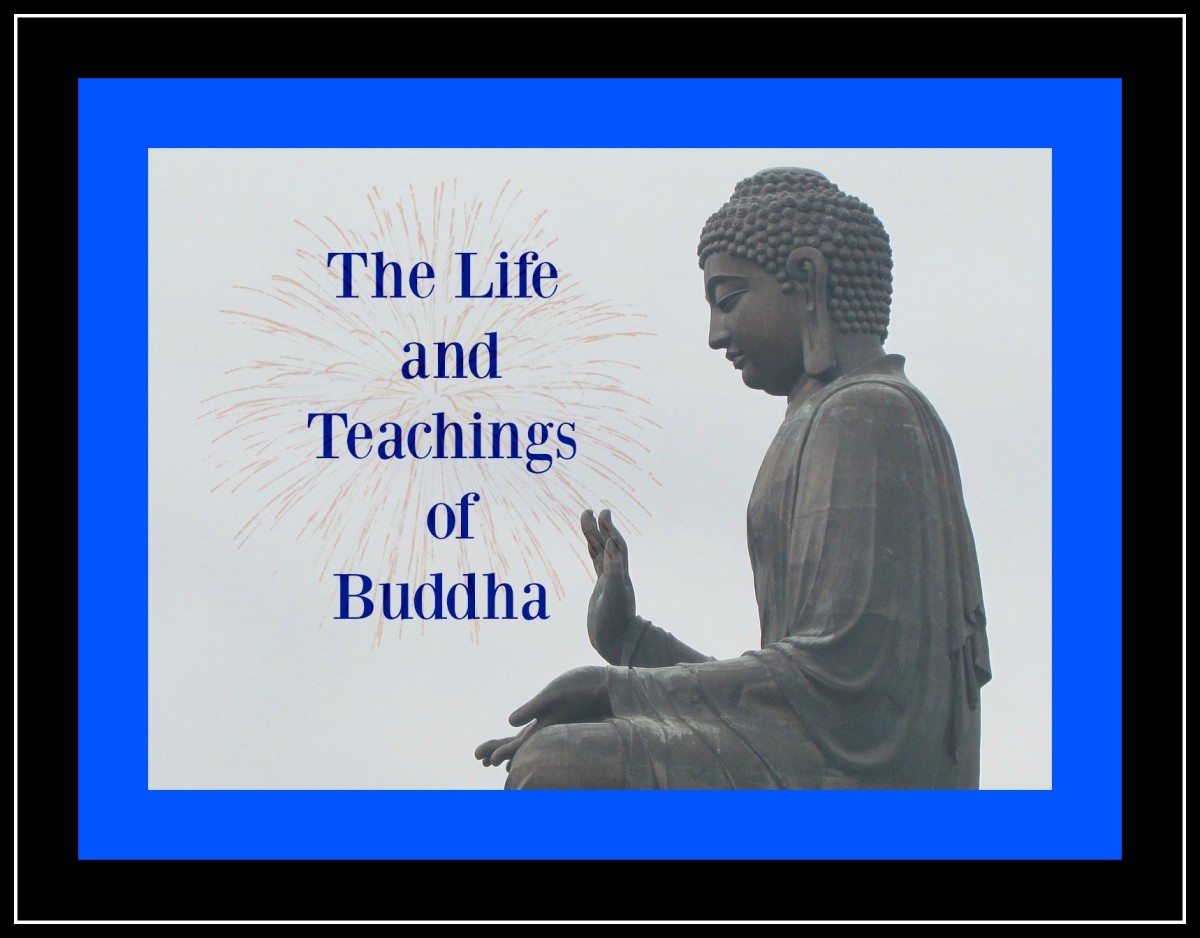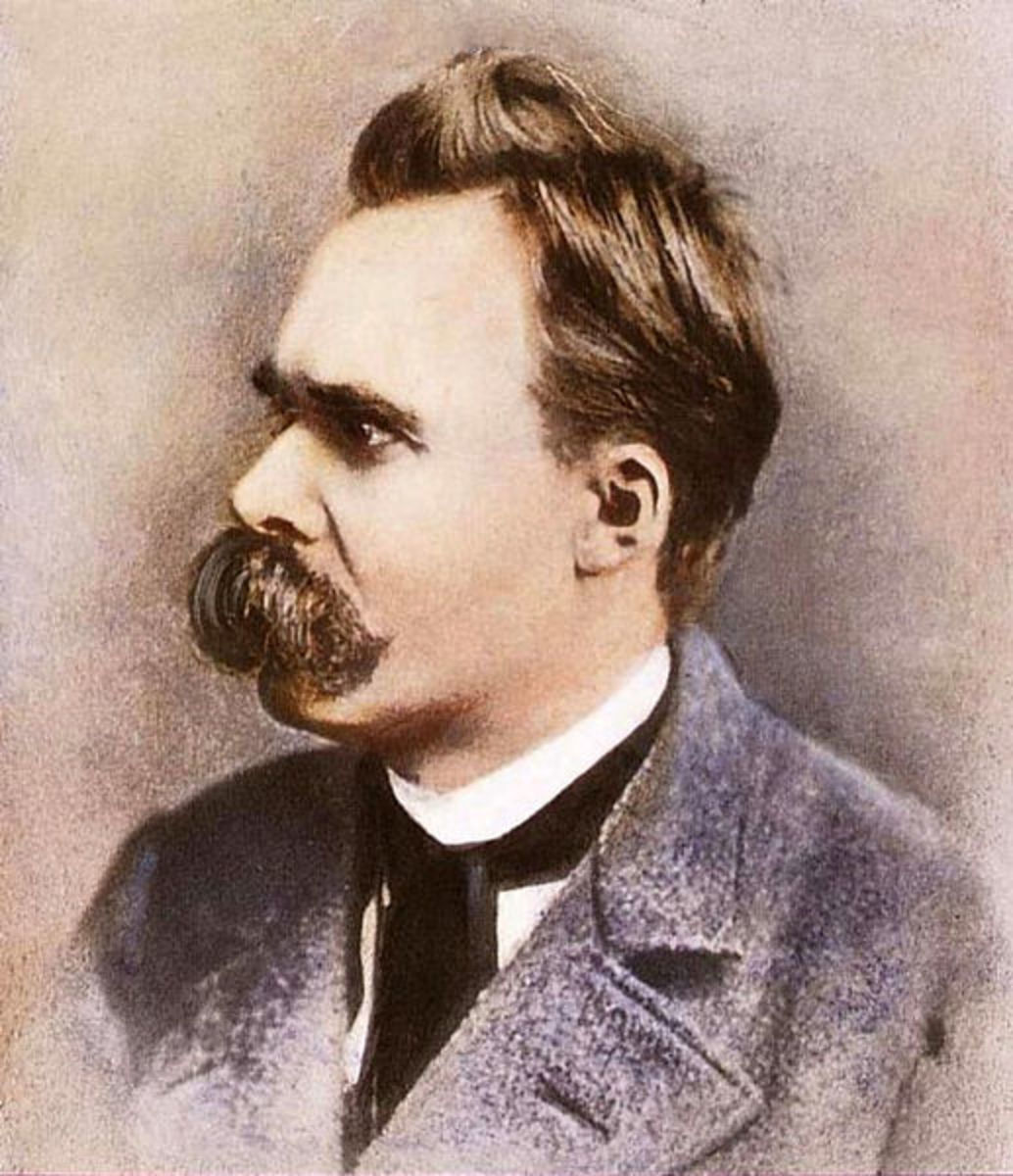Philosophy Simplified: Buddhism
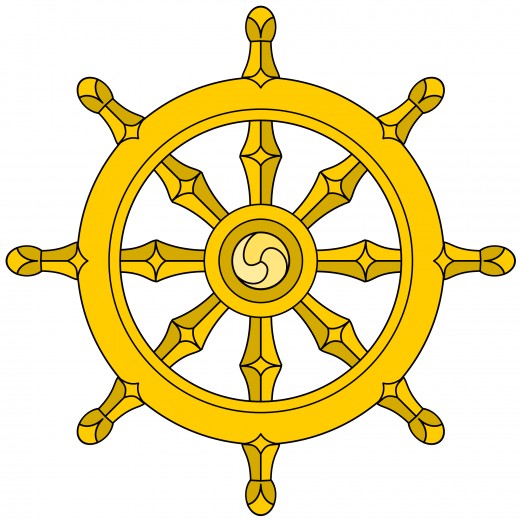
The life of Gautama Buddha
Prince Siddhartha Gautama was born in today's Nepal to the ruling class of ancient India, son of an elected chieftain to the Shakya clan. Some academics debate that Siddhartha's family was not a chieftain clan but descendants of a monarch family.
Siddhartha was brought up as a prince, with his father shielding him from anything, providing everything at the same time. He is said to have lived in three palaces built specifically for him. He later married his same-aged cousin at the age of 16 and had a son with her.
After he turned 29, the prince rode out from his palace to finally meet his subjects and learn about life outside his princely home. He met an old men, in relation to which his charioteer had to explain him the concept of growing old and mortality. He went on further trips to explore the world, meeting a diseased man, a decaying corpse and an ascetic monk.
He grew depressed about the world and decided to turn his life upside down. After escaping from the palace, he became ascetic himself, begging for alms on the streets of a city. He later went on to study yoga, but was not satisfied with those teachings either.
Siddhartha journeyed on with five friends to practice radical ascetism, eating nothing but a nut or a leaf a day. Siddhartha collapsed in a creek due to him lacking strength and almost drowned, but was rescued by a girl from a nearby village. The girl offered him food an he accepted.
This was the moment the prince realized the importance of the golden middle, a life that is neither lavish nor ascetic but modest and fulfilling. He went to sit down underneath a pipal tree to meditate, claiming that the wouldn't arise until he found the truth of all things.
His companions left him, but after 49 days of meditation at the age of 35, he reached the state of enlightenment. From this moment onward his servants and followers called him The Buddha, "the enlightened one".
For the rest of his life, the Buddha was traveling all over India and was spreading his teachings and philosophy, trying to communicate the truth that he learned underneath the tree. He died at the age of 80.
Philosophy Simplified: Table of Contents
- Philosophy Simplified: Introduction and Table of Contents
A beginner's guide to philosophy, from Thales to Wittgenstein, from ancient Greece to modern Britain. Each article describes an important topic in philosophy, aimed to teach and entertain.

The four noble truths
These are the four faces of the truth that the Buddha discovered during his meditation and before his awakening. These four noble truths are:
- Dukkha, the truth of suffering and anxiety (resembling the opposite of the Greek ataraxia)
- Samudaya, the truth of the origin of Dukkha.
- Nirodha, release from the Dukkha.
- Magga, the path to follow.
For easier understanding, a simple interpretation of the four noble truths:
- Life is suffering.
- The origin of suffering is craving.
- One can attain fulfillment and remove the suffering by getting rid of the craving.
- In order to do so, one must follow the noble eight-fold path
Eight-fold path
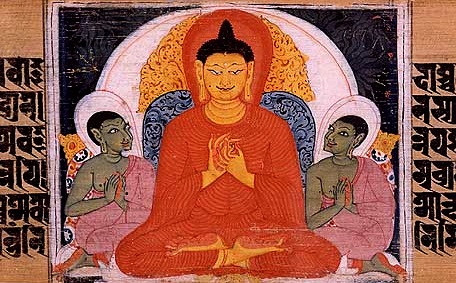
The fourth of the four noble truths tells about a noble eight-fold path that leads to the cessation of Dukkha, or suffering. This path refers to the eight concepts for a Buddhist to follow in life, these being:
- The right view, perceiving things as they are and not as what they seem to be.
- The right intention, freedom from the false and harmlessness
- The right speech, speaking truth and not hurting others
- The right action, acting in a way that does no harm
- The right livelihood, living in a way that does no harm
- The right effort, thriving to improve
- The right mindfulness, being aware of reality without cravings or addictions
- The right concentration, correct meditative practices
The middle way
One of the most important concepts in Buddhism is the idea of the golden middle. Gautama Buddha saw both sides of life, both ascetism and the lavish days of a prince, yet he enjoyed neither of them and chose to live a moderate and average life after his enlightenment.
Buddhism also promotes agnosticism, meaning that followers neither approve nor deny the existence of deities or metaphysical entities.
Major traditions

There are three major traditions in Buddhism, each with their own sets of tenets and lifestyles.
Theravada (The ancient doctrine):
This is the school closest to the original Buddhism. Believers have to make personal effort to be reborn, performing good actions in their lives while monks of this denomination practice meditation while teaching the communities.
Mahayana (Great Vehichle):
Often referred to as the Eastern Buddhism, this denomination is still prominent in China, Korea, Japan and Singapore among many other countries in the far east. Mahayana Buddhism is not centralized, broken down to many regional variations in the countries where it is prominent. The denomination itself could be understood as an umbrella term for many smaller local versions.
Vajrayana (The indestructible way):
Along with Mahayana and unlike Theravada, believers of this path seek to reach enlightenment, not rebirth. Unlike Mahayana though, this version of Buddhism includes rituals and some esoteric practices and traditions as well, for example teaching done from teacher to student only, not through the medium of a book. Followers of this path also have to accept and hold certain tenets and vows.
© 2015 Medvekoma


